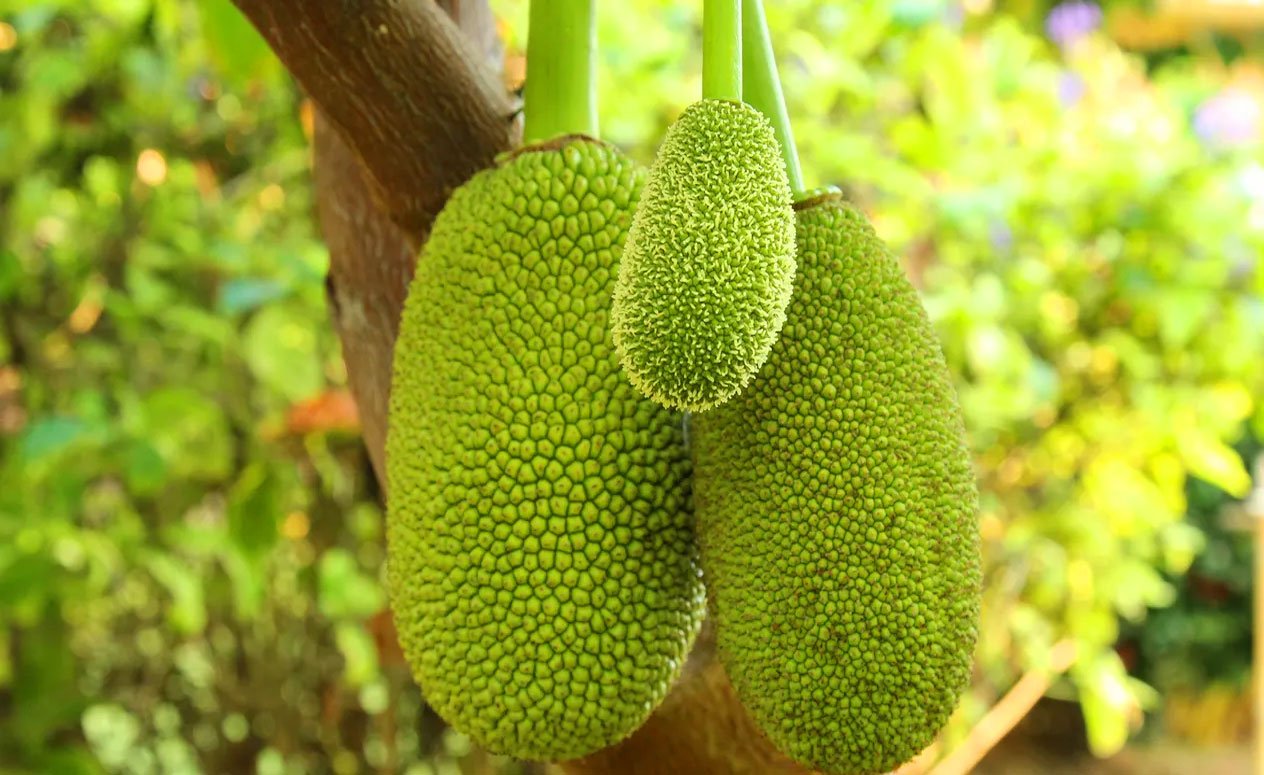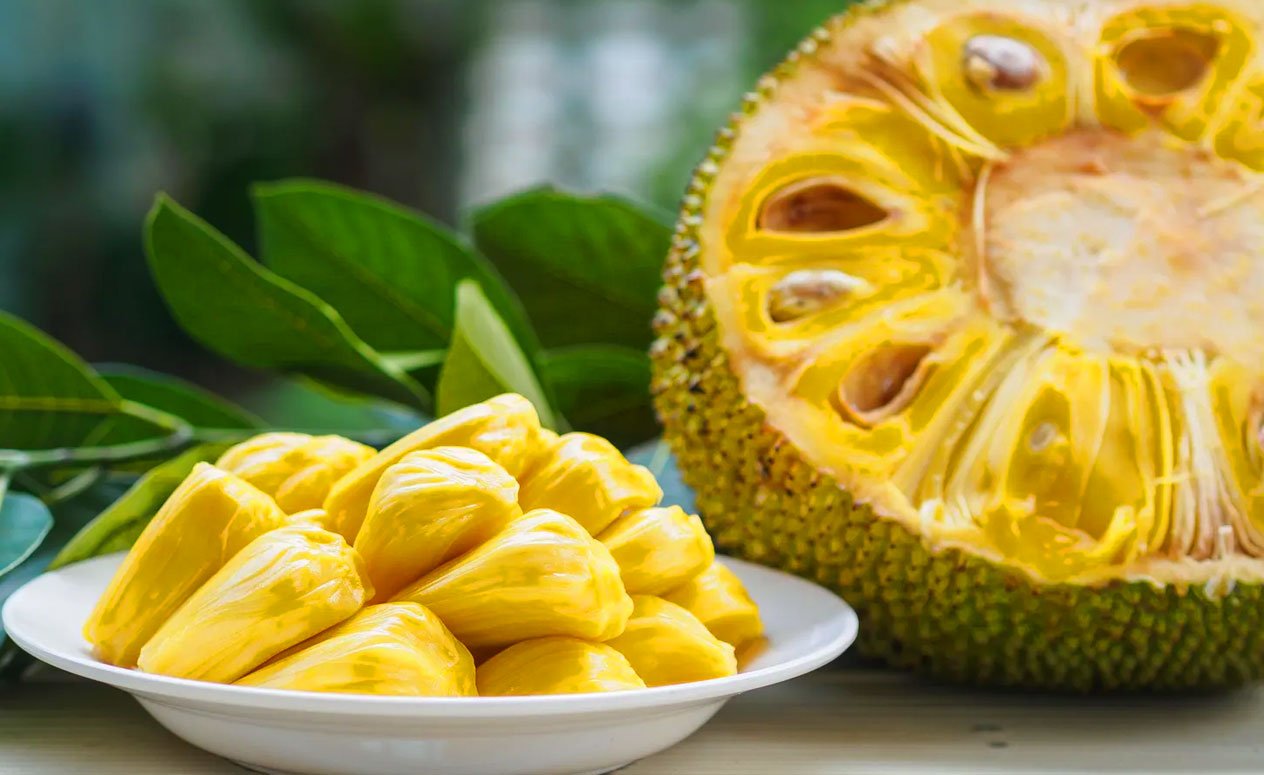Everything you need to know about Spanish jackfruit

The Wonder of jackfruit in spanish: A Tropical Delight in Spanish
Jackfruit, or "jaca" in Spanish, stands as a testament to the marvels of tropical flora. Native to South and Southeast Asia but now thriving in tropical regions globally, this large, spiky fruit has become a culinary sensation. Join us on a journey to explore the unique characteristics, nutritional benefits, and culinary wonders of jackfruit in the Spanish-speaking world.
As we delve deeper into the culinary world of jackfruit, its adaptability and versatility in Spanish-speaking regions take center stage. Known as "jaca" in Spanish, this tropical wonder finds its way into a myriad of traditional dishes, adding a unique touch to the gastronomic landscape.
Characteristic Splendor of Jackfruit: Jaca Unveiled
In Spanish-speaking regions, jackfruit becomes a star ingredient in a variety of dishes, each highlighting its distinctive taste and texture. From savory stews to refreshing desserts, the culinary applications of jackfruit are as diverse as the regions that embrace it.
The jackfruit in spanish tree, belonging to the Moraceae family, is a towering spectacle, reaching heights of up to 20 meters. Its colossal fruits, the world's largest, boast individual weights ranging from 10 to 50 kilograms. Each tree generously yields 200-500 fruits annually, becoming a perpetual source of bounty.
The exterior of this tropical giant is adorned with thick, green, and spiky skin, concealing a treasure trove within—a fibrous, yellow-orange pulp and substantial seeds. The fruit's vibrant yellow hues derive from a rich concentration of carotenoids, bestowing it with the essence of Vitamin A.
Nutritional Abundance: Jaca's Gift to Health
Beyond its delectable taste, jackfruit offers a nutritional bonanza. Its high fiber content aids digestion and promotes stomach health. Laden with vitamins such as immune-boosting Vitamin C, jackfruit contributes to iron absorption, enriching blood quality.

Spanish cultures have ingeniously incorporated jackfruit into their culinary repertoire, merging traditional recipes with the unique attributes of this tropical giant. From savory to sweet, jackfruit weaves its way through regional cuisines, creating a delightful medley of flavors.
Beyond its roots in Asia, jackfruit has become a global culinary ambassador, transcending cultural boundaries. Its adaptability, nutritional richness, and sustainability make it a sought-after ingredient in various cuisines. Surprisingly, jackfruit stands out among fruits for its protein content, making it a valuable addition to vegetarian and vegan diets.
The wonder of jackfruit extends to its anti-aging properties, thanks to its robust antioxidant content. Additional benefits include enhancing blood quality, improving vision, reducing inflammation, and preventing asthma.
Culinary Symphony: Jaca in Spanish Delights
Jackfruit's culinary versatility knows no bounds. Unripe jackfruit, with its mild taste and meaty texture, earns the moniker "vegetable meat." It seamlessly replaces meat in savory dishes like curries and stews. Various culinary cultures employ different methods, such as boiling, to craft diverse jackfruit delights.
The seeds of jackfruit, often overlooked, are culinary gems. Boiled or roasted, they offer a nutritious snack or a creative addition to salads and grain bowls.
Growing the Jaca Tree: Nurturing Tropical Abundance
To witness the wonder of jackfruit in your own space, consider the following growth requirements for the jackfruit tree:
-
Climate: Thriving in tropical and subtropical climates, jackfruit trees demand a hot and humid atmosphere, sensitive to frost and cold temperatures. Jackfruit trees thrive in tropical and subtropical climates characterized by warmth and humidity.
They are highly sensitive to frost and cold temperatures, which can hinder their growth. These trees are ideally suited for regions with a consistently hot climate.

-
Soil: While preferring well-draining, fertile soil, jackfruit trees showcase adaptability to various soil types, including clay, loam, and sandy soils.
Jackfruit trees prefer well-draining and fertile soil. While they exhibit adaptability to various soil types, including clay, loam, and sandy soils, ensuring good drainage is crucial. The roots of the jackfruit tree are susceptible to waterlogging, which can lead to root rot and other issues.
3. Sunlight: Total sun exposure is key for optimal growth and fruit production. For optimal growth and prolific fruit production, jackfruit trees demand abundant sunlight. They thrive in areas where they receive total sun exposure. Adequate sunlight ensures the photosynthesis process, vital for the tree's overall health and productivity.
4. Space: Plant trees at least 30 feet apart to provide sufficient room for roots and canopies. When planting jackfruit trees, it's essential to provide ample space for their extensive root system and the development of a robust canopy. Plant each tree at least 30 feet away from other trees and structures to avoid competition for resources and prevent potential damage.
5. Water: Regular watering during the initial years is crucial, maintaining consistent soil moisture without waterlogging. Regular and consistent watering is crucial, especially during the initial years of growth.
While jackfruit trees are generally resilient and can tolerate some drought conditions, they benefit from a consistently moist soil environment. However, it's important to avoid waterlogged conditions, as this can lead to root-related problems.
6. Pruning: Trim the tree judiciously, removing dead branches and creating space for new growth. Pruning plays a vital role in maintaining the health and productivity of jackfruit trees. Trimming the tree to a manageable size helps in removing dead or diseased branches, promoting air circulation, and making room for the growth of new, healthy branches. Pruning should be done with care and precision to encourage optimal branching patterns.
Incorporating Jaca into Your Lifestyle: A Nutrient-Rich Delight
To ensure the flourishing development of jackfruit trees, certain key conditions must be met. Here are the fundamental requirements for the optimal growth of jackfruit trees. In order to embrace the nutritional benefits of jackfruit, consider these culinary ideas:
1. Unripe Jackfruit: Use it as a meat substitute in savory dishes like stews and stir-fries.
2. Ripe Jackfruit: Add it to fruit salads, smoothie bowls, or enjoy it fresh for a tropical twist.
3. Jackfruit Seeds: Roast or boil them for a nutritious snack or include them in salads and grain bowls.
4. Jackfruit Flour: Experiment with this gluten-free alternative in your baking recipes.
Source: https://farmerplanting.com/
